
Gruner veltliner is the most commonly grown grape in Austria but the vines have spread a bit from Vienna. This particular--and excellent--gruner comes from Oregon. This wine is from the Ribbon Ridge area of the Chehalem Valley from Chehalem Wine’s Ridgecrest Vineyards.
When you put your nose in the glass and inhale I feel confident that grapefruit will spring to mind. There is something of that “citrus pith” that I’ve made fun of as a description but if you go and grab yourself a grapefruit (or a lime for that matter) and bite into a wee piece of the pith? It actually makes some sense. This wine has some tartness but it isn’t excessive but rather adds to the sort of complex mélange of flavors and sensations you experience while drinking it. It is a rich wine and it doesn’t seem to WILDLY differ from wines from its home country. Some grapes seem to conform more to where they are grown than gruner (this is my off the cuff observation which people can feel free to gainsay and even ridicule).
Trying to avoid jargon with this wine and using too many fruit or flavor terms that don’t always resonate with wine drinkers is tough. Suffice it to say that there is a great deal going on in this wine beyond grapefruit and citrus pith! There are numerous lighter fruit notes here.
Gruner is, to me, a great summer wine for people who want a change from pinot grigio or sauvignon blanc. I have often recommended the varietal to people who want something a little different but who maybe don’t want to get TOO weird with their wine. I think this one will appeal to drinkers of American sauvignon blancs and, to a lesser extent, New Zealand versions. This one has less of the “grassiness” that people seem to love/hate about the New Zealand wines. People who LIKE that flavor say “grassy” while those who don’t like the flavor often say “cat pee.” We will leave be, for the time being, how they know what that tastes like. There is SOME grassiness but, again, it is mixed with numerous other nuances.
Gruner veltliner isn’t some weird grape no one has ever heard of; you will find it in many grocery stores. As noted Austria grows it aplenty. You probably have already seen Fred Loimer’s Lois (a nice Gruner for around $13). Do not be afraid of it because the varietal produces excellent low cost versions and some truly brilliant, complex wines higher up in price range.
This Chehalem gruner is one of the latter.
$21-24
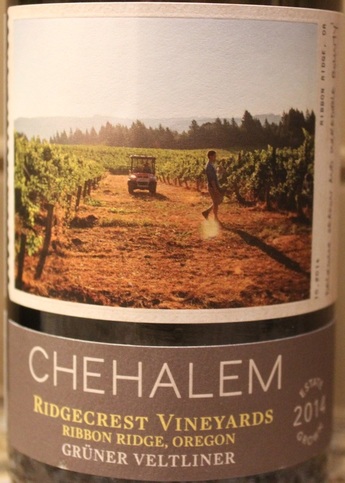

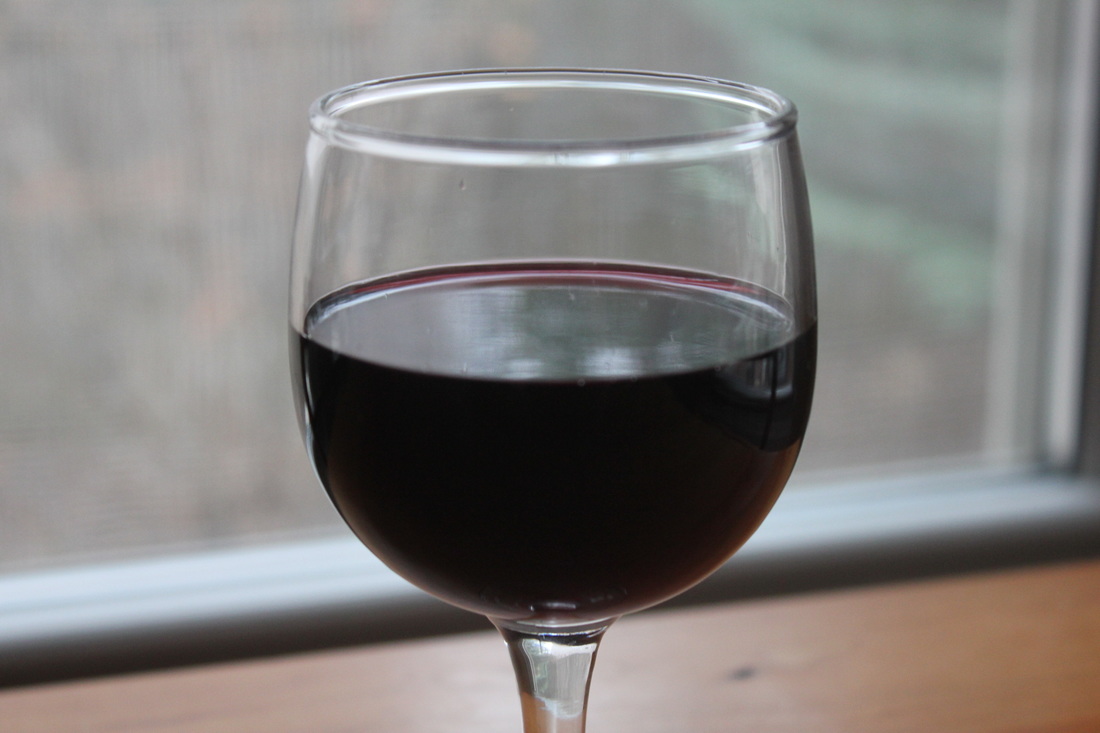
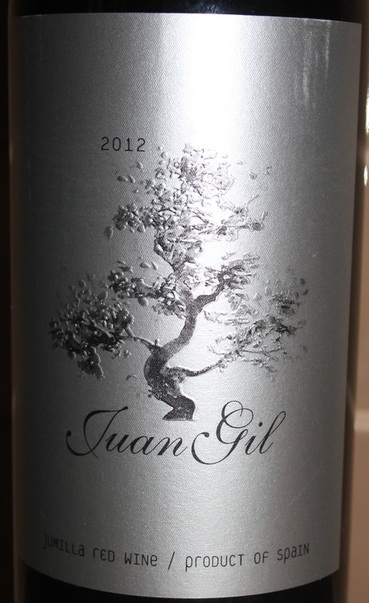
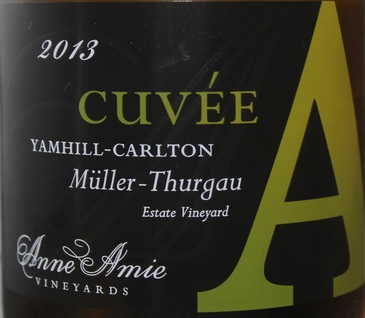
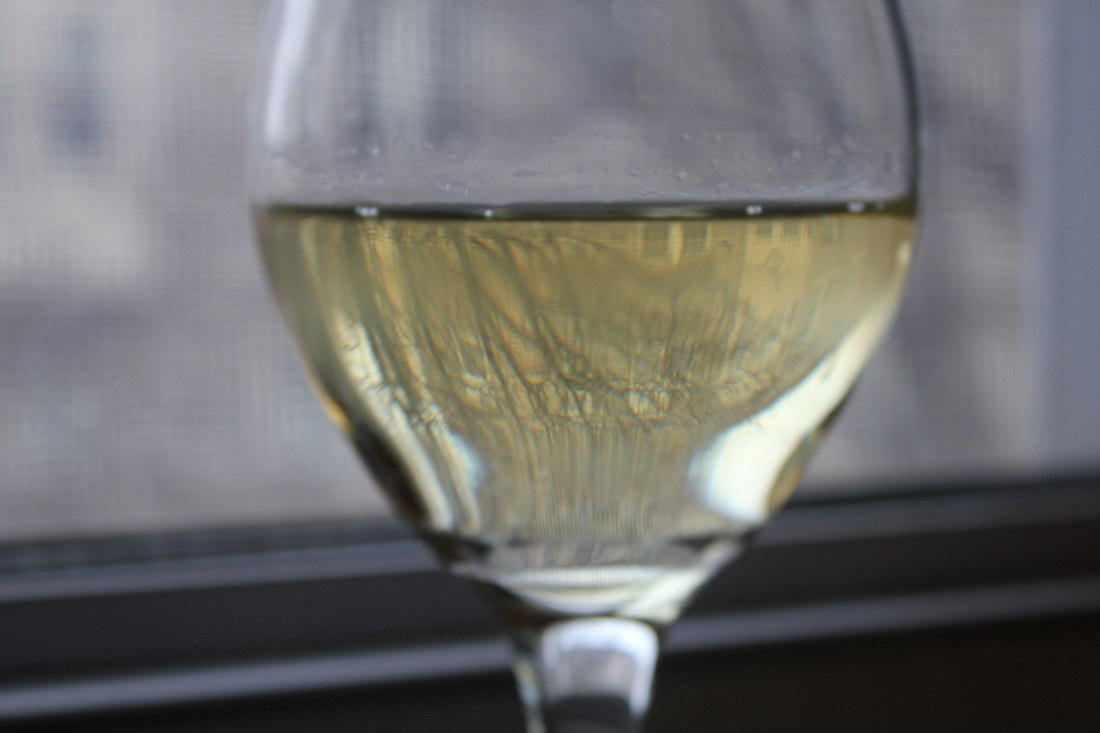

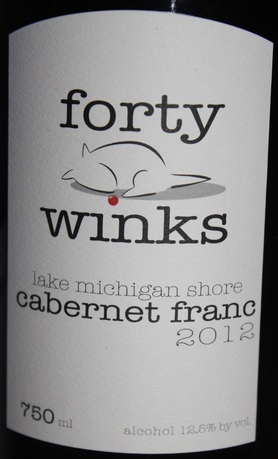
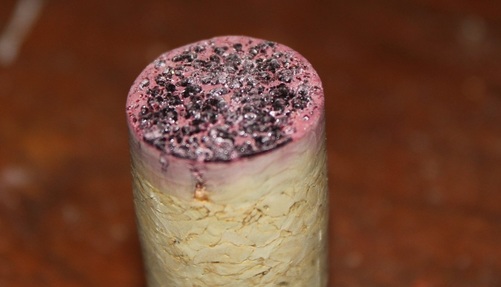
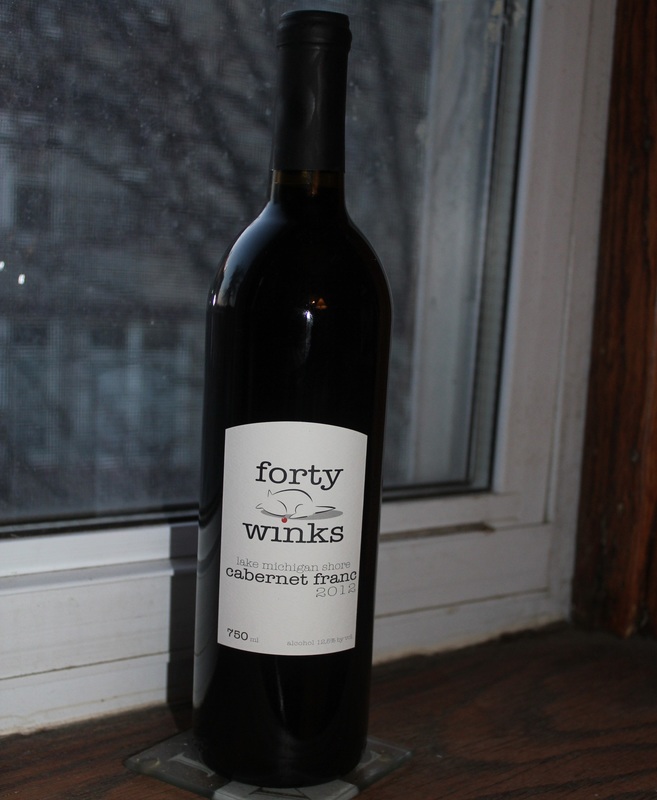

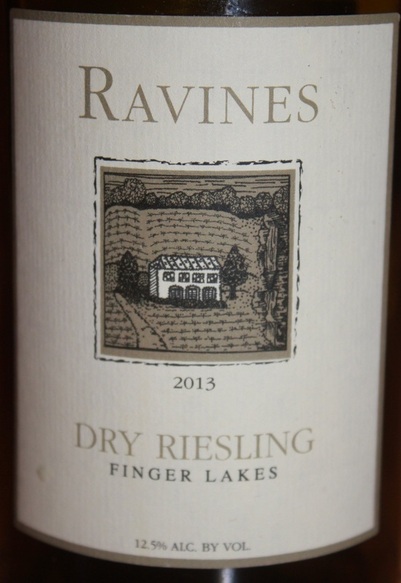
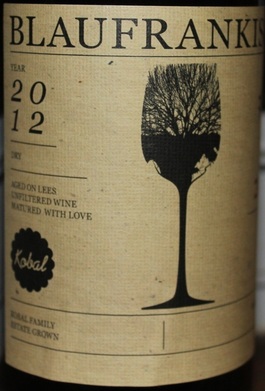
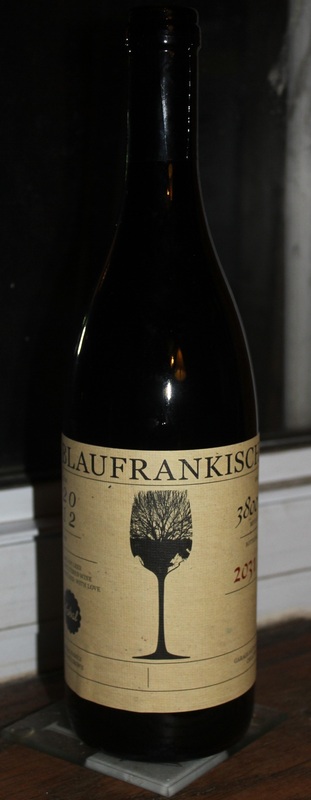
 RSS Feed
RSS Feed